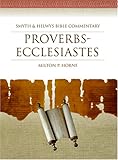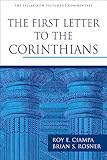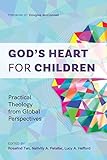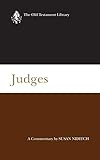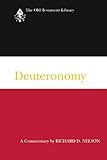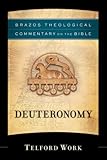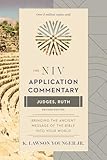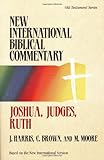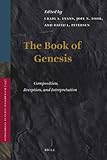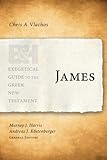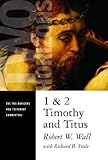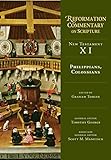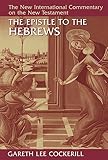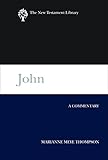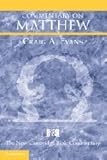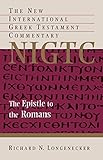A Comparative Analysis of the Extant Bemba Bible Versions: Towards Functional Equivalence Translation with Special Reference to Isaiah 53
Chansa, Brian 1984
A Comparative Analysis of the Extant Bemba Bible Versions: Towards Functional Equivalence Translation with Special Reference to Isaiah 53 - Johannesburg South African Theological Seminary - 215 PDF A4 Abstract, TOC, Works Cited
The Literary Functional Equivalence (LiFE) method of Bible translation aims to create a beautiful (artistic) and powerful (rhetorical) text for the target language concerned. It values the literary quality of biblical texts as well as the impact they have on their readers and listeners. This translation method has not been used in translating Bemba Bibles. According to the history of Bible translation in Zambia, the Extant Bemba Bibles (EBBs) used formal and dynamic equivalence methods. These methods do not intentionally focus on the source text's stylistic features and how they can be communicated in the target language without losing their pragmatic effect. The EBBs have been widely used for religious purposes in Cibemba-speaking churches on the Copperbelt. However, they are insufficiently communicative for contemporary Bemba readers and listeners as demonstrated by a comparative reading of the EBBs with special reference to Isaiah 52:13-53:12. The distinctiveness and differences of the EBBs prompted the translation of a Cibemba LiFE text to function as a complementary text for Cibemba readers and listeners. A sample Cibemba LiFE text was created with a special emphasis on the literary features found in Isaiah 53. The sample LiFE text was tested for acceptability. In comparison to the EBBs, the sample LiFE text was rated as intelligible, readable, sonorous, idiomatic, rhetorical, authentic, and memorable by sixty-eight per cent of the sixty participants. The participants were drawn from various Apostolic Church in Zambia Cibemba speaking churches on the Copperbelt (x50), Evangelical University (x9), Zambia’s Ministry of Education (x1). The test results showed that the LiFE text was remarkable for preaching, theologizing, leading Bible Study, public reading of Scripture, and providing Cibemba-back translation where sermons are delivered in English. The acceptability test that was performed revealed that there is a need for a LiFE text to be designed for singing and drama groups. Moreover, the application of the LiFE method for contemporary Cibemba readers and listeners further revealed the need to carry out a similar translation exercise in other Zambian languages. Furthermore, it was discovered that a LiFE text can inspire the creation of local hymnbooks, Bible commentaries, and other instructional resources for Cibemba speaking local churches.
Bible.--Illustrations
A Comparative Analysis of the Extant Bemba Bible Versions: Towards Functional Equivalence Translation with Special Reference to Isaiah 53 - Johannesburg South African Theological Seminary - 215 PDF A4 Abstract, TOC, Works Cited
The Literary Functional Equivalence (LiFE) method of Bible translation aims to create a beautiful (artistic) and powerful (rhetorical) text for the target language concerned. It values the literary quality of biblical texts as well as the impact they have on their readers and listeners. This translation method has not been used in translating Bemba Bibles. According to the history of Bible translation in Zambia, the Extant Bemba Bibles (EBBs) used formal and dynamic equivalence methods. These methods do not intentionally focus on the source text's stylistic features and how they can be communicated in the target language without losing their pragmatic effect. The EBBs have been widely used for religious purposes in Cibemba-speaking churches on the Copperbelt. However, they are insufficiently communicative for contemporary Bemba readers and listeners as demonstrated by a comparative reading of the EBBs with special reference to Isaiah 52:13-53:12. The distinctiveness and differences of the EBBs prompted the translation of a Cibemba LiFE text to function as a complementary text for Cibemba readers and listeners. A sample Cibemba LiFE text was created with a special emphasis on the literary features found in Isaiah 53. The sample LiFE text was tested for acceptability. In comparison to the EBBs, the sample LiFE text was rated as intelligible, readable, sonorous, idiomatic, rhetorical, authentic, and memorable by sixty-eight per cent of the sixty participants. The participants were drawn from various Apostolic Church in Zambia Cibemba speaking churches on the Copperbelt (x50), Evangelical University (x9), Zambia’s Ministry of Education (x1). The test results showed that the LiFE text was remarkable for preaching, theologizing, leading Bible Study, public reading of Scripture, and providing Cibemba-back translation where sermons are delivered in English. The acceptability test that was performed revealed that there is a need for a LiFE text to be designed for singing and drama groups. Moreover, the application of the LiFE method for contemporary Cibemba readers and listeners further revealed the need to carry out a similar translation exercise in other Zambian languages. Furthermore, it was discovered that a LiFE text can inspire the creation of local hymnbooks, Bible commentaries, and other instructional resources for Cibemba speaking local churches.
Bible.--Illustrations

